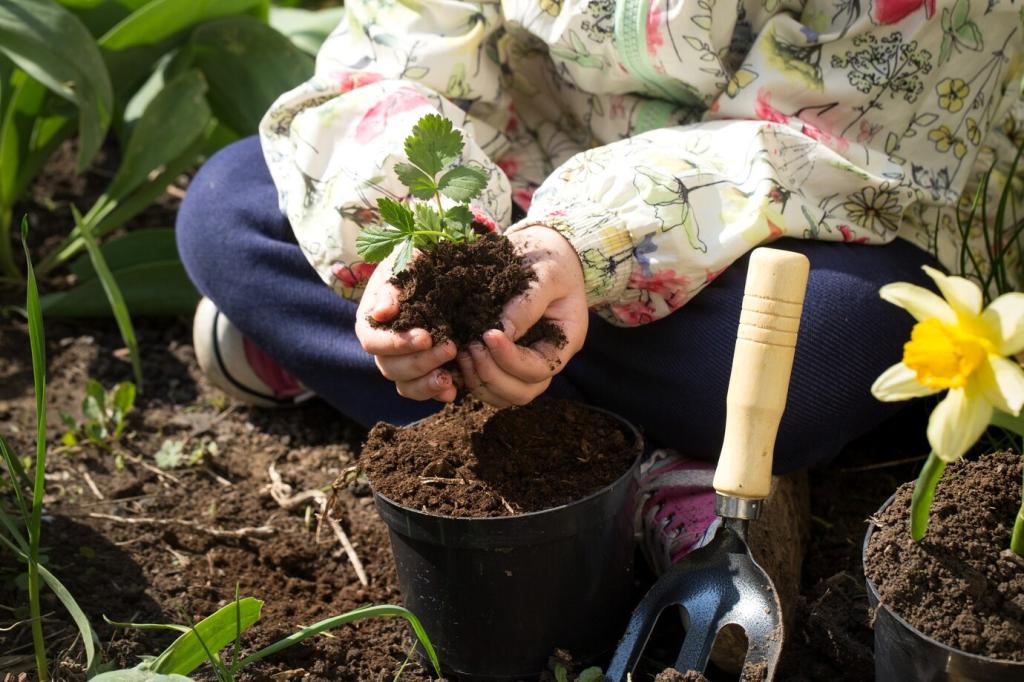Maximizing Space in Small City Gardens
Navigating the challenges of limited outdoor space in urban environments requires creativity and thoughtful planning. Small city gardens offer unique opportunities to design green retreats that are both beautiful and functional, despite their size constraints. This guide explores strategic approaches and innovative solutions to help you make the most of every inch, turning even the tiniest plot into a flourishing oasis amidst the bustle of city life.
Green Walls and Living Panels
Green walls, also known as living panels, enable you to cultivate a wide variety of plants in a compact vertical format. These structures can be custom-built or purchased as modular kits to fit any outdoor setting, making them an adaptable solution for apartment balconies or city courtyards. By integrating edible herbs, flowering annuals, or lush foliage into these installations, you can transform bare walls into vibrant, living artwork while enhancing privacy and air quality in your small garden. Proper irrigation and light considerations ensure these vertical features thrive, making them a sustainable, low-footprint way to showcase your favorite plants.
Trellises for Climbing Plants
Trellises introduce both form and function into urban gardens by supporting climbing plants that would otherwise sprawl along the ground. Installing trellises along fences or against buildings encourages vines like clematis, jasmine, or even vegetables such as beans and cucumbers to grow upward, saving valuable soil space below. This vertical layering not only increases planting opportunities but also provides shade, screens for privacy, and attractive backdrops for seating areas. Selecting suitable plant varieties and positioning your trellises for optimal light will maximize their effectiveness and ensure healthy, stable growth across the seasons.
Hanging Planters and Pots
Suspended planters and hanging pots make use of overhead space, allowing gardeners to add blooms, edibles, or trailing greenery at eye level and above. These solutions are ideal for balconies, patios, or small yards with limited floor area. By choosing lightweight materials and secure mounting systems, you can safely hang containers from railings, pergolas, or even wall hooks. Rotating seasonal plants into these planters ensures year-round interest and color, while the elevated positioning minimizes pest problems and makes watering and maintenance straightforward for urban dwellers.
Smart Layout and Zoning
Multi-Functional Surfaces
Surfaces in small gardens must serve double or even triple duty to optimize space. For example, a raised planter can act as both a boundary and casual seating, while decking with removable sections offers hidden storage or access to utilities below. Embracing versatile materials and structures allows you to introduce amenities without overcrowding your garden. These tailored choices make small spaces more navigable and comfortable, ensuring that every square foot is both attractive and useful for gardening, entertaining, or simply relaxing.

Creative Container Ideas
Tiered and Stacked Planter Systems
Tiered planter stands and stacking pots provide exponential growing space in a confined footprint. By arranging containers at varying heights, you create a waterfall effect of foliage and flowers, giving your garden vertical drama and practical layers for diverse plants. These systems are ideal for growing herbs, strawberries, or succulents in urban spaces, as they allow for improved light exposure and air circulation while minimizing floor space. Easy to assemble and move, tiered containers adapt well to changing sunlight and seasons, extending your growing possibilities on even modest balconies or terraces.
Repurposed and Unconventional Vessels
Thinking outside the traditional planter box opens up creative possibilities for small-space gardening. Repurpose items like old crates, buckets, teapots, or even wheelbarrows as unique containers, adding quirky charm and sustainability to your garden. By drilling drainage holes and customizing the look with paint or accessories, everyday objects become conversation pieces as well as practical planters. These unconventional vessels can be tucked into tight spots, hung from rails, or arranged along window ledges, demonstrating that imagination is often the key to unlocking maximum planting potential in compact city plots.
Portable and Modular Containers
The flexibility of portable and modular containers is particularly beneficial in dynamic urban environments. Lightweight pots and planter boxes can be rearranged throughout the year to suit changing sunlight patterns or growing preferences. Modular systems designed to lock together or be easily expanded support experimentation and efficient use of space. With portable containers, even renters or those with temporary outdoor access can enjoy the rewards of gardening, carrying their green investments with them as they move or as the seasons shift. This adaptability makes container gardening an enduringly popular solution for city dwellers seeking beauty and bounty in limited square footage.
